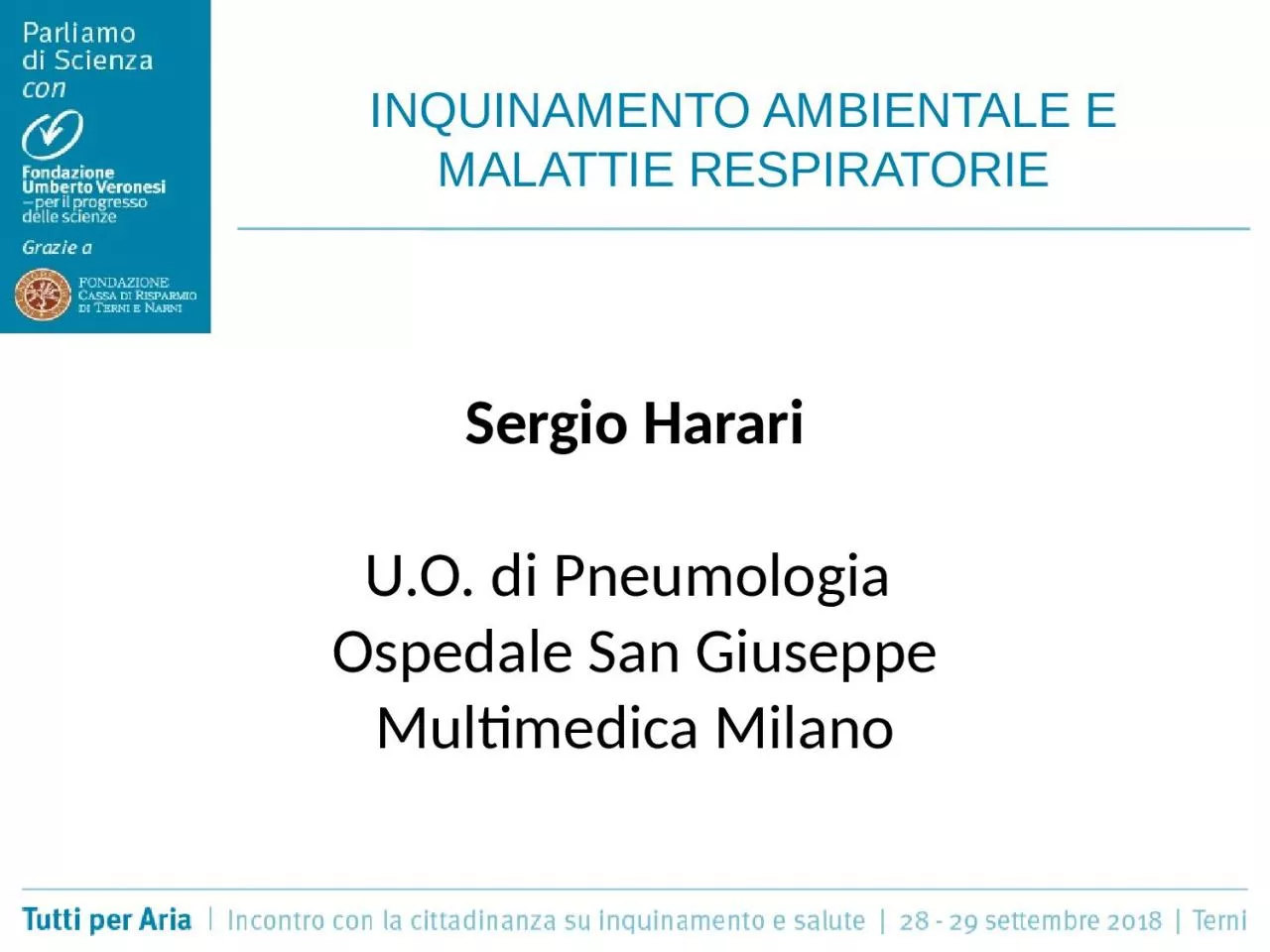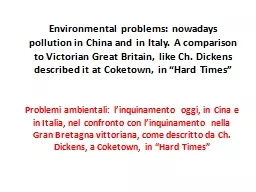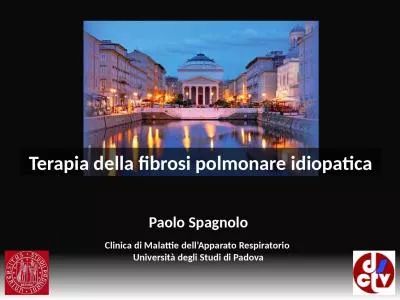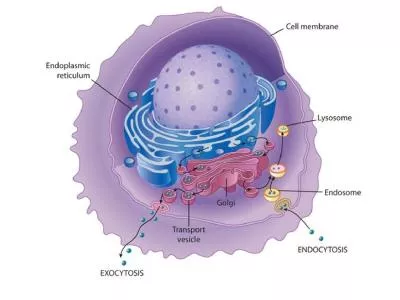PPT-INQUINAMENTO AMBIENTALE E MALATTIE RESPIRATORIE
Author : alyssa | Published Date : 2024-02-09
Sergio Harari UO di Pneumologia Ospedale San Giuseppe Multimedica Milano 1 High blood pressure 2 Smoking 3 Alcohol use 4 Household air pollution 5 Low fruit consumption
Presentation Embed Code
Download Presentation
Download Presentation The PPT/PDF document "INQUINAMENTO AMBIENTALE E MALATTIE RESPI..." is the property of its rightful owner. Permission is granted to download and print the materials on this website for personal, non-commercial use only, and to display it on your personal computer provided you do not modify the materials and that you retain all copyright notices contained in the materials. By downloading content from our website, you accept the terms of this agreement.
INQUINAMENTO AMBIENTALE E MALATTIE RESPIRATORIE: Transcript
Download Rules Of Document
"INQUINAMENTO AMBIENTALE E MALATTIE RESPIRATORIE"The content belongs to its owner. You may download and print it for personal use, without modification, and keep all copyright notices. By downloading, you agree to these terms.
Related Documents












![[eBOOK]-Principi di Programmazione in FORTRAN per l\'Ingegneria Ambientale (Italian Edition)](https://thumbs.docslides.com/972400/ebook-principi-di-programmazione-in-fortran-per-l-ingegneria-ambientale-italian-edition.jpg)

